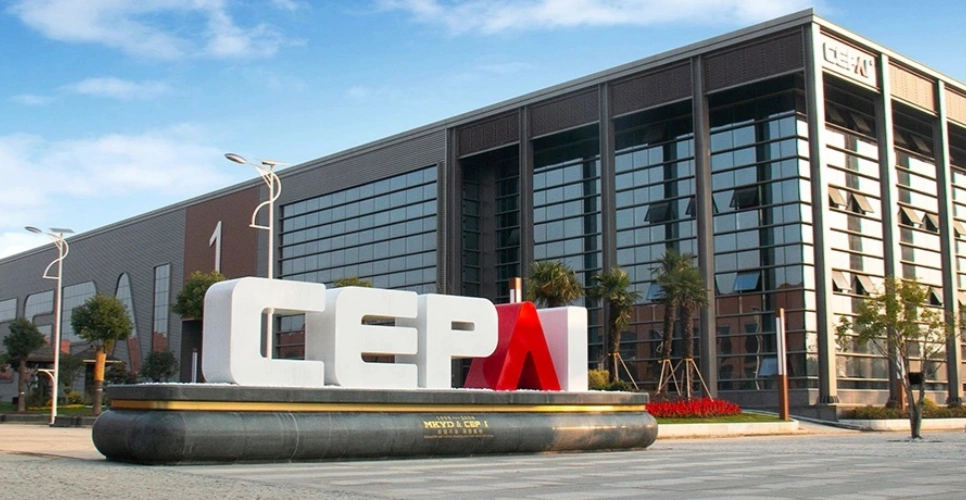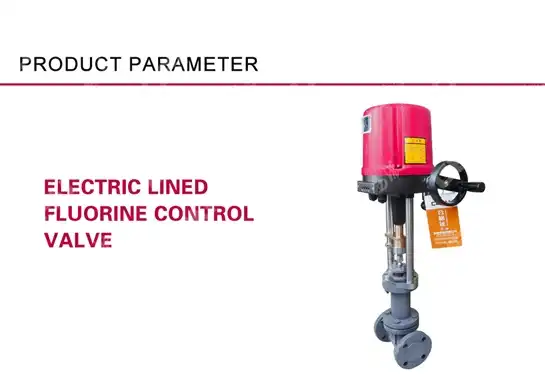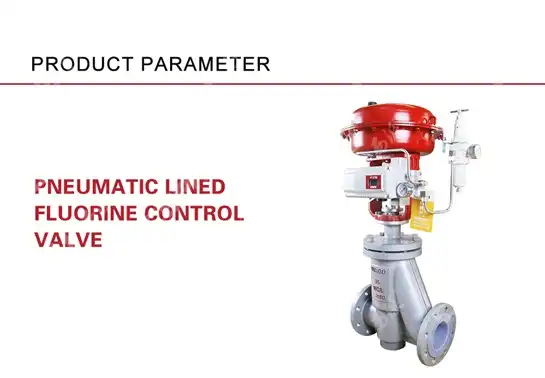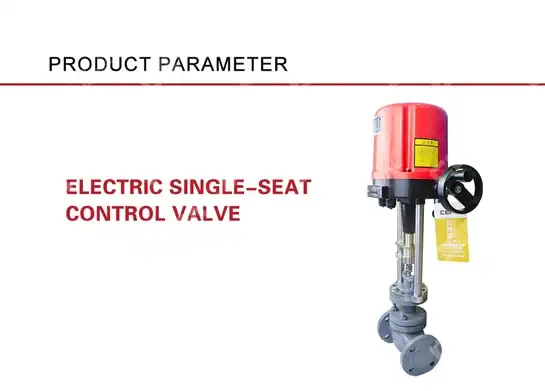The Ultimate Guide to Bellows Seal Valves: Preventing Leaks and Protecting Personnel
Industrial facilities across the globe face a critical challenge that can cost millions in damages, regulatory fines, and most importantly, human lives. When hazardous chemicals leak from conventional valve systems, the consequences can be catastrophic. Traditional valve packing systems fail, exposing workers to toxic substances and creating environmental disasters. This comprehensive guide addresses the most effective solution to these critical safety challenges: Bellows Seal Valves. Understanding how these specialized valves prevent dangerous leaks while protecting personnel is essential for any facility handling hazardous materials, high-pressure systems, or environmentally sensitive processes.
Understanding Bellows Seal Valves Technology
-
The Engineering Behind Bellows Seal Valves
Bellows Seal Valves represent a revolutionary advancement in industrial flow control technology, specifically designed to eliminate external leakage through their unique construction. The heart of these valves lies in their metal bellows assembly, which creates an hermetic seal around the valve stem. Through hydraulic forming, these durable units can be guaranteed to perform at least ten thousand on/off full strokes at maximum pressure. This sophisticated engineering approach replaces traditional packing glands with a flexible metal bellows that expands and contracts with stem movement while maintaining a complete seal. The bellows construction typically consists of multiple convolutions made from high-grade stainless steel, such as 304L or 316L, depending on the application requirements. These materials provide exceptional corrosion resistance and mechanical strength. The bellows design allows for stem movement while preventing any process fluid from reaching the atmosphere, effectively creating a zero-emission valve solution. This technology is particularly crucial in applications involving volatile organic compounds, toxic chemicals, or high-pressure systems where even minor leaks can pose significant safety risks.

-
Key Components and Design Features
The fundamental components of Bellows Seal Valves include the valve body, bellows assembly, stem, disc or plug, and actuator system. The valve body is typically manufactured from materials like WCB, WC6, WC9, or various stainless steel grades to match process requirements. The bellows assembly serves as the primary sealing mechanism, completely encasing the stem area to prevent any external leakage. The stem design incorporates a pressure-balanced configuration that minimizes operating torque while ensuring reliable performance. Modern Bellows Seal Valves feature advanced design characteristics including equal percentage, linear, or quick opening flow characteristics to meet specific process control requirements. The internal materials commonly include 304, 316, or 316L stainless steel, with specialized cladding options available for extreme service conditions. The actuator systems can be manual, pneumatic, or electric, with electric actuators operating at 220V or 380V with 4-20mADC control signals. These valves typically operate within temperature ranges from -30°C to +70°C for actuator components, while the valve body can handle temperatures from -17°C to +230°C.
Critical Safety Applications and Leak Prevention
-
Hazardous Material Handling
The safety of working personnel is improved with the installation of a bellows valve as emissions of inflammable, toxic, and hazardous chemicals can be minimized. In petrochemical facilities, pharmaceutical plants, and chemical processing operations, Bellows Seal Valves serve as the primary barrier against dangerous substance exposure. These valves excel in applications involving hydrogen sulfide, ammonia, chlorine, and other toxic gases that pose immediate health threats to personnel. The zero-emission capability of Bellows Seal Valves makes them indispensable in processes handling carcinogenic substances, corrosive acids, and volatile organic compounds. Unlike conventional packed valves that gradually deteriorate and begin leaking, the metal bellows design maintains its integrity throughout its service life. This reliability is crucial in applications where even trace amounts of leaked substances can exceed permissible exposure limits, trigger evacuation procedures, or result in regulatory violations.
-
Environmental Protection and Regulatory Compliance
Environmental regulations worldwide have become increasingly stringent regarding fugitive emissions from industrial equipment. Bellows Seal Valves provide a proactive solution to meet and exceed these requirements, often eliminating the need for expensive monitoring programs required for conventional valves. The hermetic seal design ensures compliance with EPA regulations, European ATEX directives, and other international environmental standards. By preventing leaks of hazardous materials, bellows seal valves significantly reduce the risk of personnel exposure to dangerous substances. This environmental protection extends beyond regulatory compliance to encompass corporate responsibility and sustainable operations. Facilities utilizing Bellows Seal Valves can achieve zero-emission targets while maintaining operational efficiency, making them valuable assets in achieving environmental certifications and sustainability goals.
Technical Specifications and Performance Standards
-
Pressure and Temperature Ratings
Bellows Seal Valves are engineered to handle demanding operating conditions with pressure ratings ranging from PN16 to PN64, or ANSI Class 150 to 600. The robust construction allows these valves to maintain their sealing integrity across wide pressure differentials, making them suitable for high-pressure steam, hydraulic, and process applications. The temperature capabilities extend from cryogenic services at -196°C to high-temperature applications reaching 540°C, depending on material selection and bellows design. The pressure-balanced valve core design minimizes the effect of line pressure on actuator requirements, ensuring consistent performance across varying operating conditions. This feature is particularly important in applications with fluctuating system pressures, where traditional valves may experience seat leakage or control instability. The bellows assembly can withstand pressure surges and thermal cycling while maintaining its sealing effectiveness throughout the valve's operational life.
-
Material Selection and Compatibility
Material selection for Bellows Seal Valves requires careful consideration of process compatibility, corrosion resistance, and mechanical properties. Standard valve body materials include carbon steel grades like WCB for general service, while specialized applications may require WC6, WC9, or low-temperature carbon steel variants. Stainless steel options include CF8 (304 equivalent) and CF8M (316 equivalent) for superior corrosion resistance. The bellows material selection is critical for long-term performance and typically includes 304L stainless steel for general applications, 316L for enhanced corrosion resistance, or specialized alloys like Hastelloy C for extreme chemical service. Internal components utilize matching materials to ensure compatibility and prevent galvanic corrosion. The seat and disc materials can be configured as metal-to-metal for high-temperature service or with soft seating for tight shut-off requirements.
Installation, Maintenance, and Operational Guidelines
-
Proper Installation Procedures
Successful implementation of Bellows Seal Valves requires adherence to specific installation procedures to ensure optimal performance and longevity. Pre-installation inspection should verify that valve specifications match system requirements, including pressure rating, temperature limits, and material compatibility. The piping system must be properly aligned to prevent stress on the valve body, which could affect bellows performance and potentially lead to premature failure. During installation, particular attention must be paid to flange alignment and bolt torque values to ensure uniform gasket compression and prevent valve body distortion. The valve orientation should match design specifications, with proper support for larger valves to prevent piping loads from affecting the bellows assembly. Electrical connections for electric actuators must comply with local electrical codes and environmental protection requirements, ensuring reliable operation in industrial environments.
-
Maintenance Best Practices
While Bellows Seal Valves require significantly less maintenance than conventional packed valves, proper maintenance practices ensure maximum service life and continued zero-emission performance. Regular inspection schedules should include visual examination of the bellows area for any signs of damage, corrosion, or unusual wear patterns. The actuator system requires periodic lubrication and calibration to maintain accurate positioning and control response. Preventive maintenance programs should include stroke testing to verify full travel capability and position feedback accuracy. For electric actuators, control signal verification and electrical connection inspection help identify potential issues before they affect valve performance. The absence of adjustable packing eliminates the need for routine maintenance associated with traditional valve designs, reducing maintenance costs and improving system reliability.

-
Troubleshooting and Performance Optimization
When performance issues arise with Bellows Seal Valves, systematic troubleshooting approaches help identify root causes and implement effective solutions. Common issues include actuator malfunction, control signal problems, or process-related challenges that may affect valve operation. The bellows assembly itself rarely fails when properly specified and installed, making troubleshooting focus primarily on auxiliary components. Performance optimization involves verifying that valve characteristics match process requirements and adjusting control parameters to achieve desired system response. Regular calibration of control loops and position feedback systems ensures accurate flow control and maintains process stability. Documentation of maintenance activities and performance trends helps identify patterns that may indicate the need for system modifications or component replacement.
Industry Applications and Case Studies
-
Petrochemical and Refining Operations
The petrochemical industry relies heavily on Bellows Seal Valves for applications involving hydrocarbons, hydrogen, and other hazardous process fluids. Refineries utilize these valves in catalytic cracking units, hydroprocessing plants, and distillation columns where leak prevention is critical for both safety and environmental compliance. The ability to handle high pressures and temperatures while maintaining zero emissions makes them ideal for steam systems, heat exchangers, and reactor applications. In offshore platforms and remote facilities, the reliability of Bellows Seal Valves reduces maintenance requirements and minimizes personnel exposure to hazardous conditions. These installations benefit from the long service life and consistent performance that bellows technology provides, reducing operational costs and improving safety metrics. The technology has proven particularly valuable in hydrogen service applications, where traditional packing materials are prone to degradation and leakage.
-
Pharmaceutical and Chemical Processing
Whether in a high-pressure refinery system or a sterile pharmaceutical lab, bellows seal globe valves deliver the consistent performance required for critical applications. Pharmaceutical manufacturing demands absolute containment of active ingredients and intermediate compounds, making Bellows Seal Valves essential for reactor systems, crystallization processes, and solvent recovery operations. Chemical processing facilities handling acids, bases, and organic solvents benefit from the corrosion resistance and sealing integrity of properly specified Bellows Seal Valves. These applications often involve batch processes with frequent thermal cycling and pressure variations, conditions that would quickly degrade traditional packing systems. The hermetic seal design prevents cross-contamination between batches and eliminates the risk of atmospheric moisture affecting hygroscopic materials.
Conclusion
Bellows Seal Valves represent the pinnacle of industrial valve technology for preventing leaks and protecting personnel in hazardous service applications. Their unique design eliminates traditional packing-related failures while providing reliable, long-term performance across demanding operating conditions. The investment in this advanced technology pays dividends through reduced maintenance costs, improved safety metrics, and enhanced environmental compliance.
Cooperate with CEPAI Group Co., LTD.
CEPAI Group Co., LTD. stands as your trusted China Bellows Seal Valves factory, combining decades of expertise with cutting-edge manufacturing capabilities. As a leading China Bellows Seal Valves supplier and China Bellows Seal Valves manufacturer, we offer comprehensive solutions from our state-of-the-art facility in Jiangsu Province. Our China Bellows Seal Valves wholesale programs provide competitive Bellows Seal Valves price points while maintaining the High Quality Bellows Seal Valves standards you demand. With extensive Bellows Seal Valves for sale inventory and customized solutions, we're ready to support your critical applications. Contact us at cepai@cepai.com to discuss your specific requirements and discover why industry leaders choose CEPAI for their most demanding valve applications.
References
1. "Valve Selection and Specification Guide for Process Industries" - American Society of Mechanical Engineers, Technical Committee on Valves
2. "Fugitive Emissions Prevention in Industrial Valve Systems" - Environmental Protection Agency, Office of Air Quality Planning and Standards
3. "Metal Bellows Design and Applications in High-Pressure Systems" - Peterson, R.L., Journal of Pressure Vessel Technology
4. "Safety Considerations in Chemical Process Valve Selection" - Center for Chemical Process Safety, American Institute of Chemical Engineers
_1745994800896.webp)
Get professional pre-sales technical consultation and valve selection services, customized solution services.

About CEPAI


